Fireplace Brick Liner Replacement

Table of Contents
Fireplace Brick Liner Replacement: A Comprehensive Guide
Is your fireplace's brick liner showing its age? Cracks, crumbling mortar, and discoloration are serious signs that it's time for a fireplace brick liner replacement. Ignoring these issues can lead to dangerous situations like chimney fires and carbon monoxide leaks. This comprehensive guide will walk you through everything you need to know about replacing your fireplace's brick liner, from identifying the need to choosing the right materials and finding qualified professionals.
Why Replace Your Fireplace Brick Liner?
A damaged brick liner isn't just an eyesore; it poses significant safety hazards. Here are some key reasons why a replacement is crucial:
- Fire Safety: Cracks and gaps in the liner allow hot gases and flames to escape, potentially igniting combustible materials in your home. This is a major fire hazard.
- Carbon Monoxide Poisoning: A compromised liner can allow deadly carbon monoxide gas to seep into your living space, leading to serious health consequences or even fatalities.
- Structural Integrity: A weakened liner can compromise the overall structural integrity of your fireplace and chimney, leading to costly repairs down the line.
- Energy Efficiency: A damaged liner reduces the efficiency of your fireplace, allowing heat to escape and increasing your energy bills.
- Aesthetic Appeal: Let's face it, a cracked and crumbling liner just doesn't look good. A replacement can significantly enhance the beauty of your fireplace.
Signs You Need a Fireplace Brick Liner Replacement
Several telltale signs indicate it's time for a replacement:
- Visible Cracks or Crumbling Mortar: This is the most obvious sign. Inspect the liner carefully for any cracks, chips, or loose mortar.
- Spalling Bricks: Spalling refers to the chipping or flaking of bricks. This indicates significant deterioration.
- Discoloration: Dark staining or discoloration on the bricks could indicate smoke damage or water penetration.
- Creosote Buildup: Excessive creosote buildup is a fire hazard and often points to issues with the liner's integrity.
- Chimney Sweeping Reveals Problems: Your annual chimney inspection should highlight any problems with the liner.
Choosing the Right Materials for Your Liner Replacement
The materials used for your liner replacement are crucial for its longevity and safety. Common options include:
- Firebrick: Traditional firebricks are highly durable and heat-resistant. They are a popular choice for their strength and ability to withstand high temperatures.
- High-Temperature Mortar: Using high-quality, heat-resistant mortar is essential to ensure a strong and lasting seal between the bricks.
- Insulating Concrete Blocks (ICBs): In some cases, ICBs might be used as an alternative or in conjunction with brick, especially in modern fireplace designs. Consult with a professional to determine suitability.
The Fireplace Brick Liner Replacement Process
Replacing a fireplace brick liner is a complex and potentially dangerous job that should only be undertaken by qualified professionals. This is not a DIY project. The process typically involves:
- Assessment and Inspection: A professional will inspect your fireplace and chimney to assess the extent of the damage and determine the best course of action.
- Demolition of the Old Liner: The old, damaged liner will be carefully removed, taking precautions to avoid damaging the surrounding structure.
- Chimney Cleaning: Thorough cleaning of the chimney is necessary to remove debris and creosote before installing the new liner.
- Installation of the New Liner: The new brick liner will be carefully installed using high-quality mortar.
- Inspection and Testing: A final inspection and testing will ensure the new liner is properly installed and functioning correctly.
Finding a Qualified Professional
Choosing the right professional is crucial for a safe and effective fireplace brick liner replacement. Look for:
- Certified Chimney Sweeps: Certified professionals have the necessary training and experience to handle this complex task safely.
- Insurance and Licensing: Ensure the professional is properly insured and licensed to perform this type of work.
- Positive Reviews and References: Check online reviews and ask for references to gauge the quality of their work.
Cost of Fireplace Brick Liner Replacement
The cost of replacing a fireplace brick liner varies depending on several factors, including the size of your fireplace, the materials used, and the complexity of the job. It's advisable to get multiple quotes from qualified professionals to compare pricing and services.
Maintaining Your New Fireplace Liner
Proper maintenance is key to extending the lifespan of your new fireplace liner. This includes:
- Regular Chimney Inspections: Schedule annual inspections to detect potential problems early.
- Annual Chimney Sweeping: Remove creosote buildup to prevent fires and maintain efficiency.
- Proper Firewood Usage: Use dry, seasoned firewood to minimize creosote buildup.
Replacing your fireplace brick liner is a significant investment, but it's essential for safety and the longevity of your fireplace. By understanding the process and choosing qualified professionals, you can ensure a safe and efficient solution to protect your home and family. Remember, safety should always be the top priority.

Thank you for visiting our website wich cover about Fireplace Brick Liner Replacement. We hope the information provided has been useful to you. Feel free to contact us if you have any questions or need further assistance. See you next time and dont miss to bookmark.
Featured Posts
-
Fireplace Cooking
Dec 01, 2024
-
Arts N Crafts Furniture
Dec 01, 2024
-
Patio Roofing Options
Dec 01, 2024
-
Gold Bathroom Garbage Can
Dec 01, 2024
-
Outdoor Mosquito Curtains For Patio
Dec 01, 2024